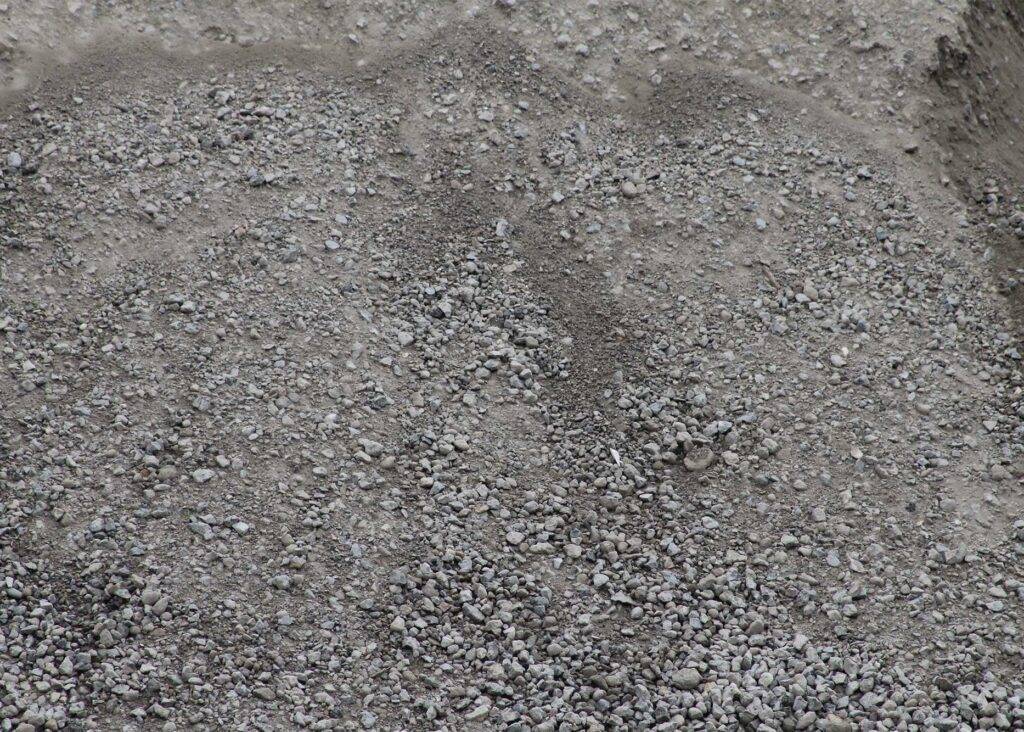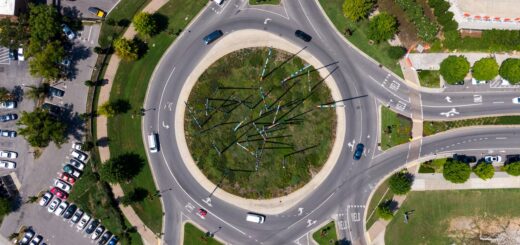Understanding Aggregate Base Course in Construction
In the realm of construction and civil engineering, a strong foundation is the cornerstone of any successful project. One crucial element that plays a pivotal role in ensuring the durability and stability of structures is the Aggregate Base Course. In this article, we will delve into the world of Aggregate Base Course, exploring its definition, composition, applications, and the vital role it plays in the construction industry.
What is Aggregate Base Course
Aggregate Base Course (ABC) is a construction material used in road, highways, pavements and various other infrastructure projects. In addition, it is used in as ground improvement material. It plays a crucial role in providing structural support and stability to the road or pavement surface.
ABC is typically made up of a mixture of crushed stone, gravel, sand, or recycled materials like concrete and asphalt.
Here are some key characteristics and purposes of Aggregate Base Course:
- Support: ABC serves as a stable foundation or sub-base for the upper layers of a road or pavement. It distributes the load from vehicles and helps prevent the deformation of the surface, such as cracking or rutting.
- Drainage: It assists in drainage by allowing water to flow through the material, preventing water accumulation beneath the pavement. Proper drainage is essential for the durability of the road or pavement.
- Load Distribution: ABC helps distribute the weight of vehicles evenly across the road, reducing stress on the subgrade (the natural soil beneath the road). This is important for preventing subsidence and maintaining a level surface.
- Thickness: The thickness of the Aggregate Base Course can vary depending on the specific construction project and local conditions. Engineers determine the appropriate thickness based on factors such as traffic volume, soil type, and climate.
- Compaction: Proper compaction of ABC is critical to achieve its desired structural properties. Compaction ensures that the material is densely packed, which enhances its load-bearing capacity and stability.
- Material Selection: The choice of materials for ABC can vary depending on the project’s requirements. Common materials include crushed stone, gravel, and sand, which are selected based on factors like availability, cost, and engineering specifications.
- Gradation: The mixture of materials in ABC is carefully controlled to achieve a specific gradation, or particle size distribution. This gradation helps optimize the material’s performance and stability.
Composition of ABC
Aggregate Base Course is typically composed of three primary materials:
- Aggregates
Aggregates are the key component of ABC and are usually made up of crushed stone, gravel, or sand.
These materials are carefully selected to meet specific size and gradation requirements, ensuring optimal compaction and load-bearing capabilities.
- Binder
To enhance the cohesion and stability of the aggregate mixture, a binder is often added.
This binder can be either cement or asphalt emulsion, which helps hold the aggregate particles together and provides additional strength.
- Filler Material
Filler materials such as clay, silt, or fine sand may be used to fill voids between aggregate particles, improving the overall density and stability of the ABC layer.
Importance of Proper Installation
To reap the full benefits of Aggregate Base Course, proper installation is paramount. Here are some essential considerations:
- Compaction
Proper compaction of ABC is vital to achieve the desired density and load-bearing capacity. Inadequate compaction can lead to settlement and structural issues.
- Moisture Control
Controlling moisture levels during installation is crucial. Excessive moisture can weaken the ABC, while insufficient moisture can hinder compaction.
- Thickness
The thickness of the ABC layer should be carefully determined based on the specific project requirements and traffic loads.
In the world of construction, the Aggregate Base Course plays an indispensable role in providing stability and durability to various infrastructure projects.
Understanding its composition, applications, and the importance of proper installation is key to ensuring the success and longevity of construction endeavors.
FAQs on Aggregate Base Course
1. Is Aggregate Base Course the same as gravel?
No, ABC is not the same as gravel. While gravel can be a component of ABC, the latter is a specific construction layer composed of aggregates, a binder, and filler materials.
2. What is the typical thickness of an ABC layer?
The thickness of an Aggregate Base Course layer varies depending on the project’s requirements and the anticipated traffic loads. It is typically specified in the construction plans and can range from a few inches to several feet.
3. How does ABC improve drainage?
ABC helps control surface water runoff by providing a stable and well-draining foundation. This prevents water from accumulating on the road or pavement surface and minimizes the risk of erosion.
4. Can ABC be used for residential driveway construction?
Yes, Aggregate Base Course is commonly used for the construction of residential driveways. It provides a solid foundation that can withstand the weight of vehicles and ensures the longevity of the driveway.
5. Where can I learn more about ABC installation and specifications?
You can access more information about ABC installation and specifications by consulting construction guidelines and resources provided by engineering authorities and government agencies.




